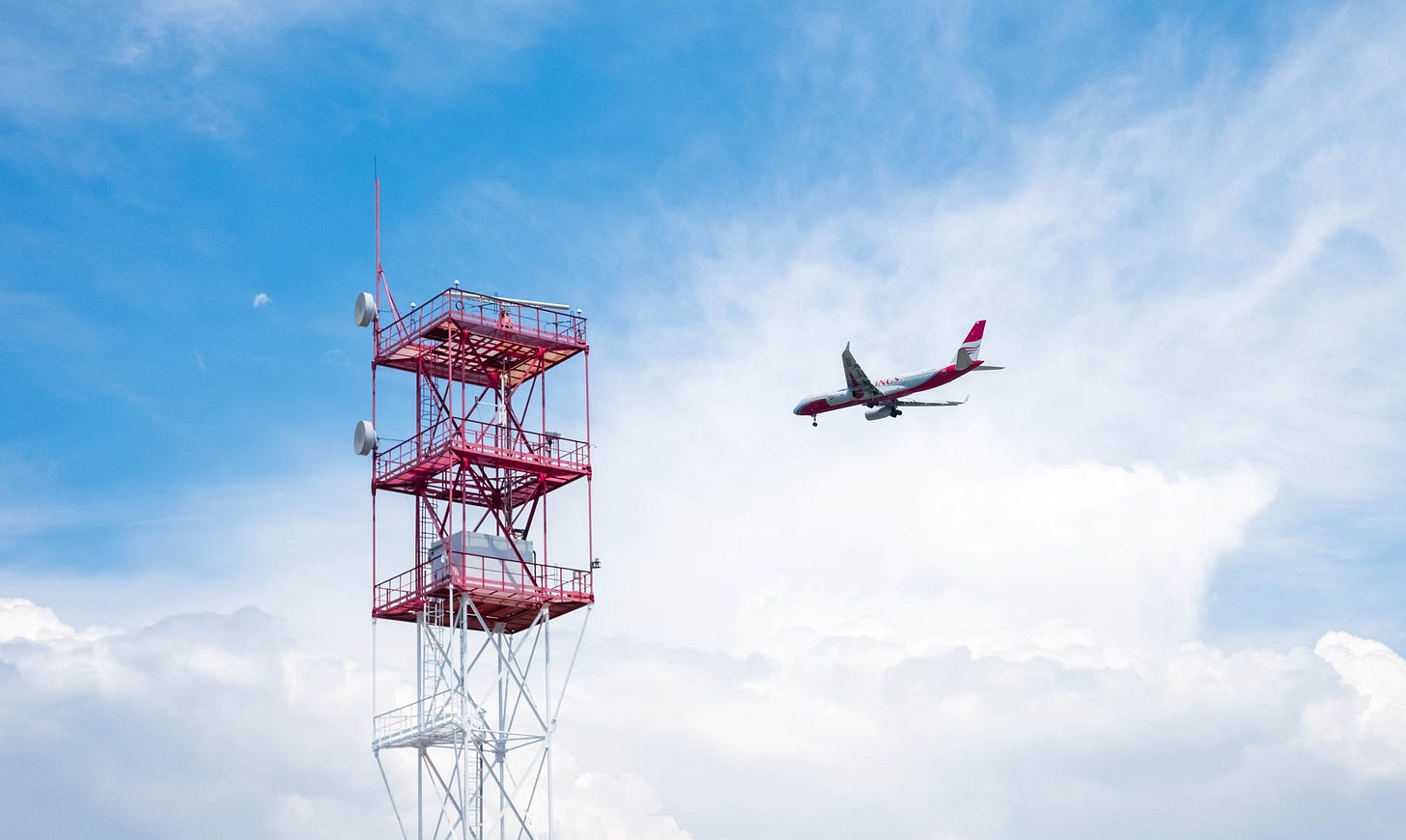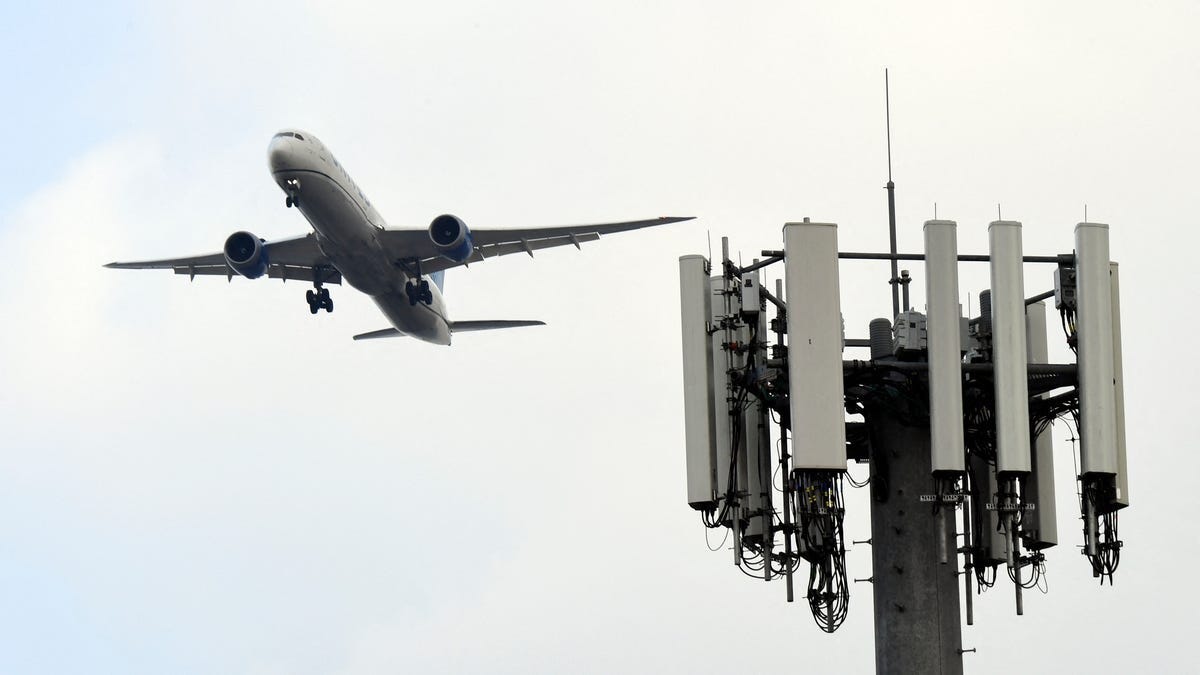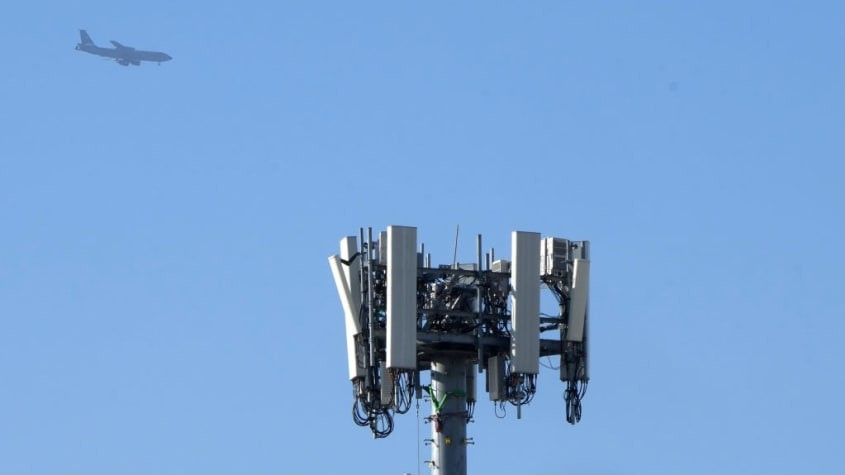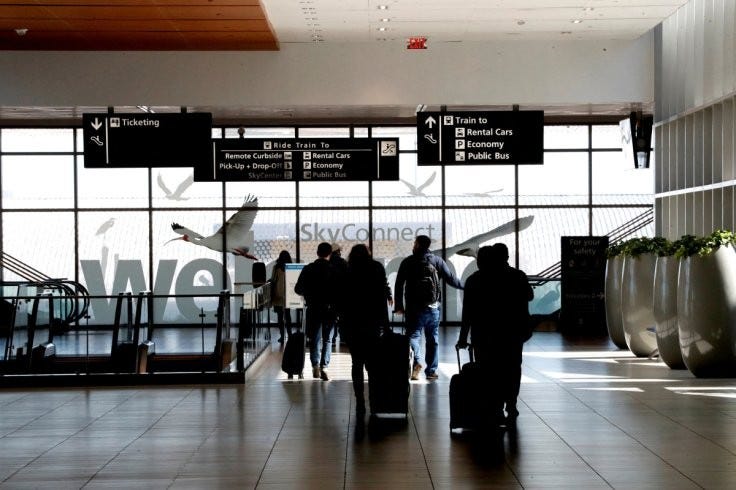Aviation and 5G: Why all the Hassle?
What’s all the drama about 5G #technology and airplanes? This whole thing has been going on for a while now, and it seems there is still more time to pass before its resolution. Should we even care?
In previous On Aviation™ digests, we have touched on the topic of 5th Generation (5G) wireless technology and the challenges its implementation in and around airports pose for airliners. Here's a question: What is 5G wireless technology? In a Q&A, here is how QUALCOMM describes 5G technology:
5G wireless technology is meant to deliver higher multi-Gbps peak data speeds, ultra low latency, more reliability, massive network capacity, increased availability, and a more uniform user experience to more users. Higher performance and improved efficiency empower new user experiences and connects new industries.
The next question would be: How does it work? Here is how Ciscodescribes the workings of 5G wireless technology:
5G technology will introduce advances throughout network architecture. 5G New Radio, the global standard for a more capable 5G wireless air interface, will cover spectrums not used in 4G. New antennas will incorporate technology known as massive MIMO (multiple input, multiple output), which enables multiple transmitters and receivers to transfer more data at the same time. But 5G technology is not limited to the new radio spectrum. It is designed to support a converged, heterogeneous network combining licensed and unlicensed wireless technologies. This will add bandwidth available for users.
In the above explanation, we see the phrase radio spectrum. This implies that there is some sort of radio frequency that 5G technology operates on. Aircraft communication devices and radar altimeters also operate on radio frequencies. In a brief article on how altimeters work, Matt Claiborne explains with regards to radar (radio) altimeters, that:
Large aircraft are often fitted with radar or radio altimeters that measure height AGL [above ground level] when near the ground. These are often connected to callout systems and coupled to autoland and other automation. Standard callouts in the cockpit of radio altimeter equipped aircraft include 2,500 feet, 1,000 feet, 500, 100, 50, 40, 30, 20, and 10. Radio altimeters are a great help when over the runway at an airport and help cue the pilot for their landing flare. GPWS, or ground proximity warning systems, uses radio altimeters to alert the pilot if the flight is operating too close to terrain. If the plane is not set up for landing (low power, flaps down) and the system senses terrain, a callout warning is sounded, “Terrain pull up, pull up!”
The next logical question to ask is: How does 5G technology interfere with radar altimeters and by extension ground proximity warning systems? In an article; ‘Everything You Need to Know About 5G and Radar Altimeters’, Danielle Richeti at Honeywell, stated:
Radar altimeters fly on most commercial airliners and provide essential altitude information to flight crews and onboard systems during instrument-based approaches and landings. Interference from 5G signals can cause lost or inaccurate radar altimeter information when it’s needed most to ensure safety, during final approach and landing, especially under low-visibility conditions.
Given the aforementioned, the reader can now understand why there are achallenges with the rollout of 5G technology in and around airports. It is clear that if not done properly with the proper corrective configurations both on the 5G infrastructure themselves and for aircraft altimeters that could lead to mishaps and accidents involving airliners. In this week's On Aviation™ Digest, we share some stories and articles on the latest developments in this regard.
FAA Wants US Airplanes to Be 5G-Safe by 2024
The US Federal Aviation Administration said Monday it may require all passenger and cargo aircraft to have 5G-safe equipment by next year. This would potentially end the years-long struggle between US carriers activating 5G mobile service in the C-band range and an aviation industry concerned that flights could be endangered by overlapping frequencies. Early in 2022, carriers agreed to temporarily block 5G signals around airports until July 2023 to give airlines time to upgrade their fleet's equipment.
By David Lumb | CNET
US 5G operators welcome new freedoms as FAA, airport concerns approach end
The Federal Aviation Administration (FAA) has given airlines until 2024 to upgrade aircraft hardware for 5G resistance, which will allow telcos to expand 5G deployment in and around airports. Once the deadline is reached, mobile network operators and other telcos seeking to expand 5G communications will be allowed to freely use the C-band 5G spectrum at airports and expand base stations across these sites.
By Rory Bathgate | ITPro
U.S. FAA Proposes Requiring 5G Safeguards On Planes By Early 2024
The U.S. Federal Aviation Administration (FAA) said Monday it is proposing a requirement that passenger and cargo aircraft in the United States have 5G C-Band-tolerant radio altimeters or install approved filters by early 2024. Concerns that 5G service could interfere with airplane altimeters, which give data on a plane's height above the ground and are crucial for bad-weather landing, led to disruptions at some U.S. airports earlier this year..
By David Shepardson | International Business Times
US wants to require 5G signal safeguards on all commercial planes by early 2024
US aviation safety regulators intend to require passenger and cargo aircraft to meet requirements by early next year for navigation gear to deal with potentially unsafe interference from 5G mobile-phone signals. The equipment is needed because the newer wireless signals are on frequencies near those used by planes’ radio altimeters, which determine altitude over ground and can cause them to malfunction, the Federal Aviation Administration (FAA) has found.
Bloomberg | SCMP
Thank you for reading this week's On Aviation™ digest. Do you believe it is worth all the hassle to ensure that 5G technology is safe in and around airports? Please share your thoughts in the comments below, and remember to continue the conversation on our Twitter and Instagram.
Orlando - On Aviation™
_____________________________
Note: The views and opinions expressed in the content shared in this digest are for informational purposes only, are solely those of the original content creators, and do not constitute an endorsement by or necessarily represent the views of On Aviation™ or its affiliates.







